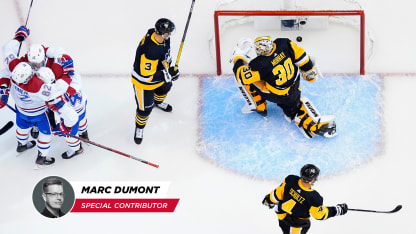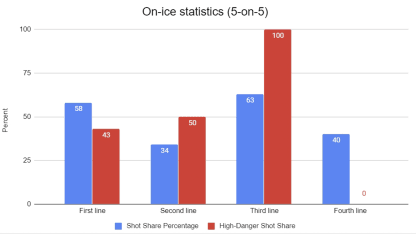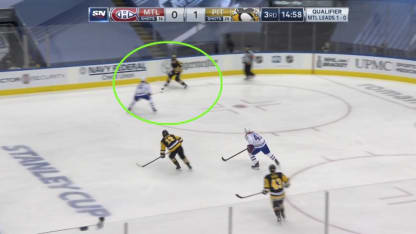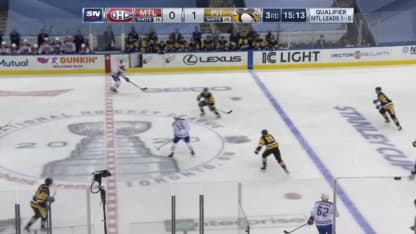They're two games away from officially qualifying for the playoffs, and there's some evidence to suggest they have the right pieces in place to take the next step, especially now that they'll have the last line change. But there's also some evidence to suggest that certain modifications will need to be made to give themselves every advantage possible while taking that next step.
First things first, let's take a look at the work from the third line, which has been the Canadiens' best line through two games.
And it's led by none other than the youngest player on the roster, Jesperi Kotkaniemi.
While Kotkaniemi struggled at times last season, needing a stint in the AHL to find his rhythm -- as well as his confidence -- it's also true the level of criticism surrounding him was founded in impatience.
He's not quite a full two years into his NHL career, and though he's had his share of growing pains, his 115 regular season games before the age of 20 should pay off in the long run.
Especially since that's roughly 115 more games than most prospects have played by that age.
Much like a painting by the legendary Bob Ross, when it comes to prospects, particularly highly-touted ones, judging them before they've had a chance to complete their work is a little shortsighted.;
What we do know, for certain, is that in two "playoff" games, Kotkaniemi has scored two goals, which should give him some breathing room when it comes to criticism. But more importantly, he, along with Artturi Lehkonen and Paul Byron, currently form the Canadiens' most effective line.
Through two games, the line has controlled 63 percent of the shots, as well as 100 percent of the high-danger chances. Now, we do have to be mindful of the small sample size. For example, saying they controlled 100 percent of the high-danger chances is much more meaningful after 10 or so games, but we can't ignore the results we've seen from the first two games in the series. After all, it's just a five-game series. We also have to be mindful of their usage. For example, the first line usually faces a higher quality of competition than the third line.
With that in mind, let's delve into the 5-on-5 numbers from the first two games. You'll notice the third line is unmatched at the moment.







